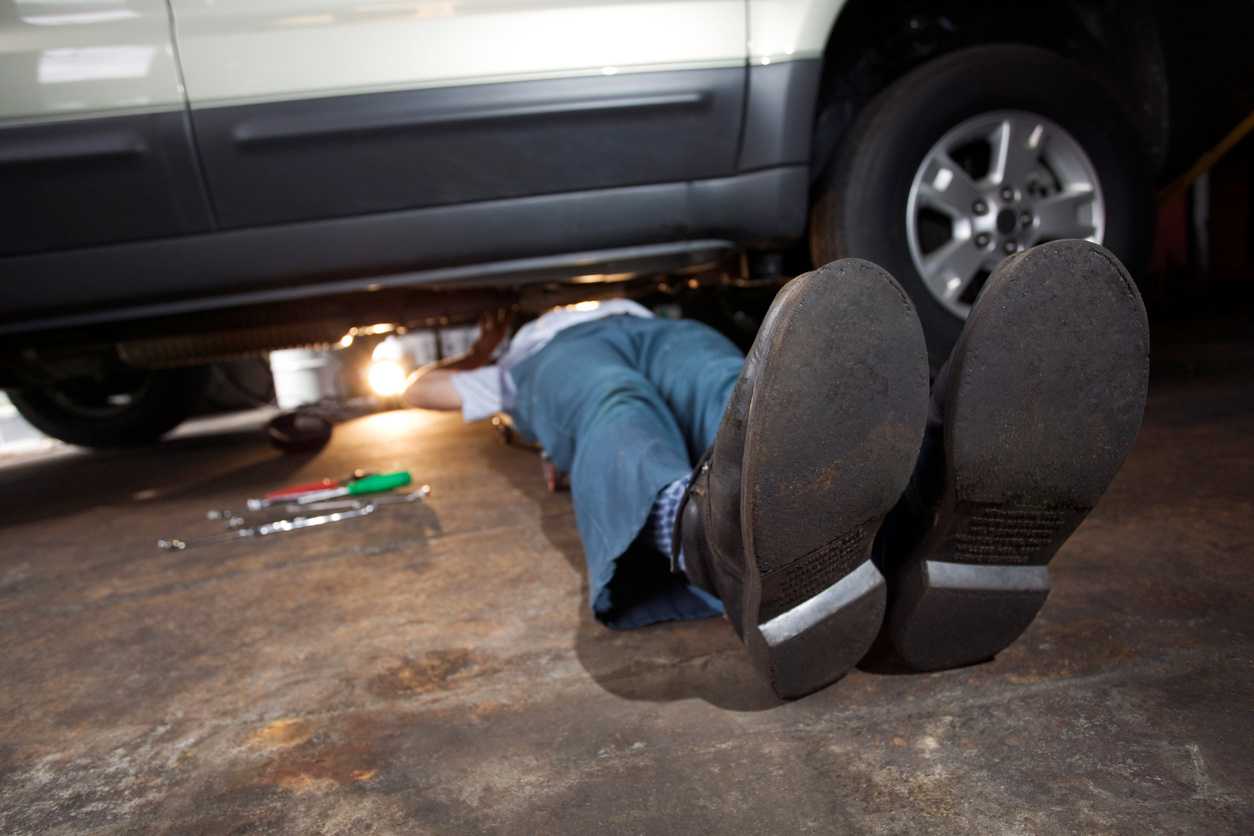So, where next?
- I can continue building the rear of the car right up to rear lights.
- I can make a start on the engine and gearbox prep
As I have found so far, some jobs can be done to a point and then have to stop to wait for something, like a tap or a washer or just inspiration. So I think I will just continue down both avenues in parallel. That way if one stalls I can make progress on the other.
In order to start on the engine it needs to be moved and that involves moving the car first and dropping it down to axle stands. I need to source the axle stands first.
So, on with the rear. The fuel tank sender is the next job. Having marked up the position for the pilot holes for the self tappers, I drilled 3.2mm holes and tried valiantly to catch the swarf before it disappeared into the fuel tank. I then swilled out the tank with some fresh fuel before coating the gasket with some Locktite 5922 and putting it all together. Left it to harden off.
While the car is still at a comfortable working height, I thought I would position the seat runners ( and it was a good excuse to see the seats in the car for the first time). It is difficult to mark positions on the black powder coat, so the first step was to cover the floor with paper and then mark the position on the runners on the paper. As each runner has a nyloc between it and the floor, I used some waste wood as a spacer, which also prevented any scratches. 8mm holes drilled, I decided to mount the seat runners upside down on the base of the seats. Structurally I couldn’t see any reason why not, and the fixing bolts are much easier to get at this way around. As the seats are coming out again to fit the internal panels etc I used standard nuts rather than the nylocs.
There doesn’t seem to be much tolerance between the seat edges and the side panels / central tunnel – snug. I may have to alter the seat runners slightly once all the panels are on.

